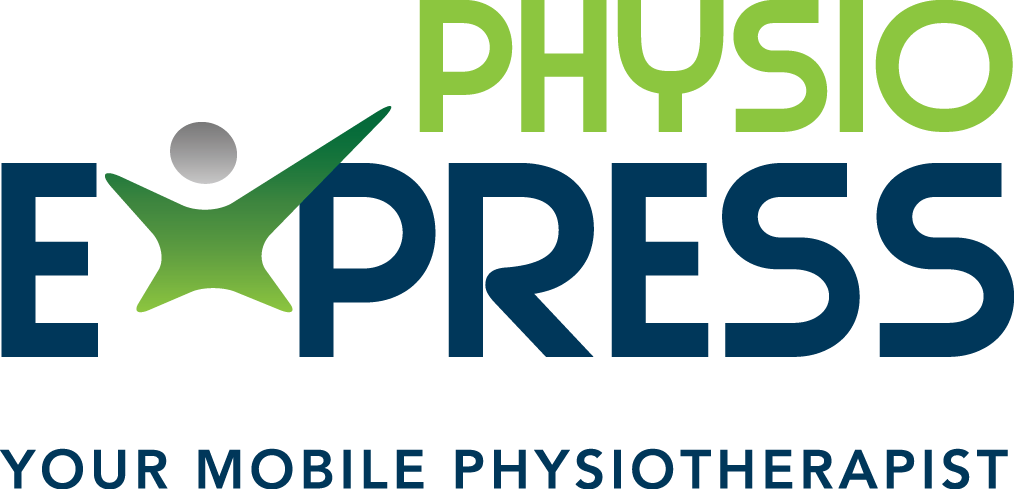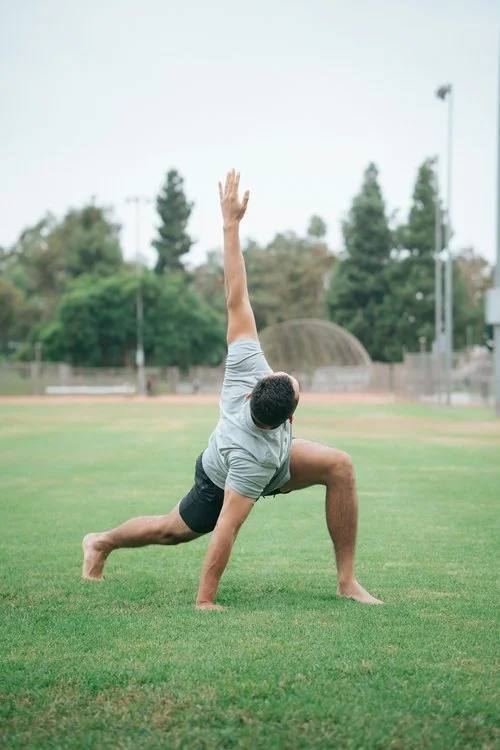Hypoxic Brain Injuries
What are hypoxic brain injuries?
Each cell in our body requires oxygen to perform its function and without adequate oxygen, these cells can become temporarily or permanently damaged. Injury to the brain can occur within minutes of insufficient oxygen supply, highlighting the importance of early intervention. Hypoxic (hypoxia) is an absence of enough oxygen in the tissue to sustain bodily functions. Ischaemic (ischaemia) is reduced blood flow in a part of the body.
The average human brain consumes around 49ml of oxygen per minute, or 20% of the total body oxygen consumed while at rest.
The brain is divided into various regions and oversees all bodily functions, such as thinking, memory, emotion, sensation, movement, eyesight, respiration, thermoregulation, appetite, and every physiological process that regulates our body. The brain’s oxygen consumption is highly dynamic, with certain areas demanding higher oxygen levels than others, thereby increasing susceptibility to injury. Depending on which area of the brain, and how large of an area is affected, the presentation is different. People who have suffered from a hypoxic brain injury often experience impairments that affect physical function, behaviour, and mood.
Causes of hypoxic brain injuries:
Impaired breathing mechanism or a lack of oxygen in the air
Impaired blood supply or transport system, including any blockages or sudden loss of blood volume
Toxins or substances interfering with the oxygen supply or transport
Recovery and rehabilitation
Recovery from hypoxic brain injury varies among individuals, with the most significant progress typically occurring within the first three months post-injury and continued improvement can occur beyond 12 months. Predicting the extent of recovery is challenging due to individual differences and many people with mild hypoxic brain injuries are capable of making a full or partial recovery.
A multidisciplinary approach involving various healthcare professionals is crucial for managing hypoxic brain injury and facilitating rehabilitation:
-
Assist with improving motor function, mobility, balance, and strength deficits. They may prescribe gait aids and design exercise programs to enhance physical abilities.
-
Focus on restoring upper limb function and aiding in activities of daily living (ADLs) such as personal care and meal preparation. They also provide home modifications to enhance independence and safety and support community reintegration.
-
Specialize in retraining speech and swallowing functions, addressing communication difficulties, and improving swallowing safety.
-
Address emotional and psychological changes following the injury, both for the affected individual and their support network. They may provide counselling, identify community resources, and support social integration.
References
Lacerte M, Hays Shapshak A, Mesfin FB. Hypoxic Brain Injury. [Updated 2023 Jan 27]. In: StatPearls [Internet]. Treasure Island (FL). StatPearls Publishing; [2024 Jan]. Available from: https://www.ncbi.nlm.nih.gov/books/NBK537310/
Scottish Intercollegiate Guidelines Network (SIGN). Brain injury rehabilitation in adults. Edinburgh: SIGN; 2013. (SIGN publication no. 130). [March 2013]. Available from: http://www.sign.ac.uk
Image sourced from https://unsplash.com

